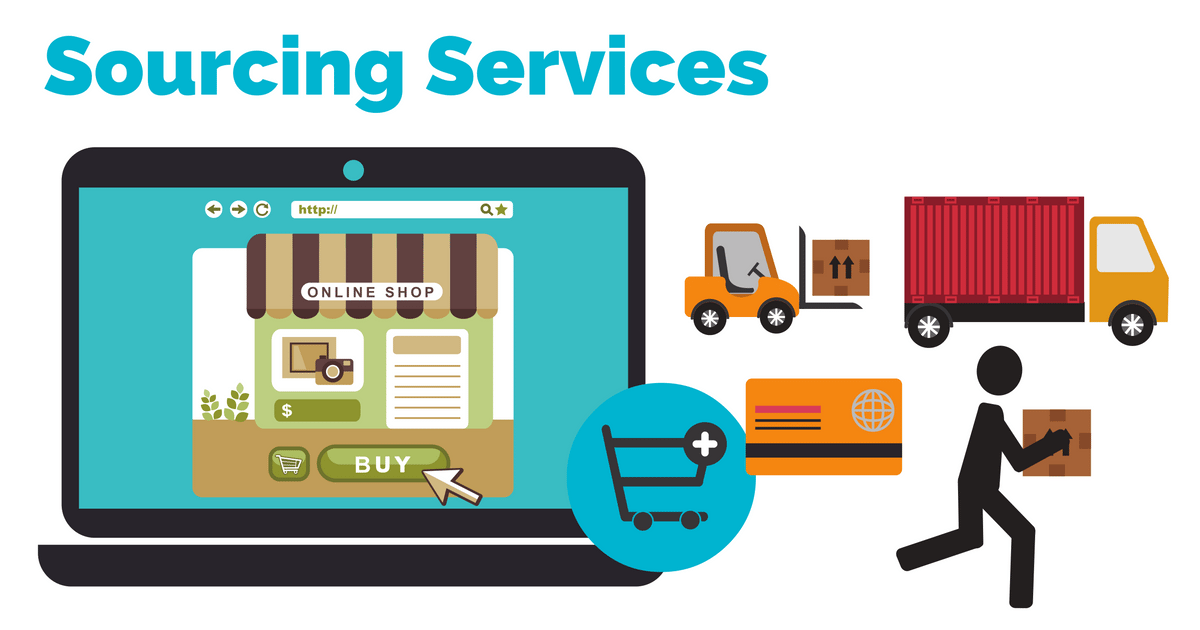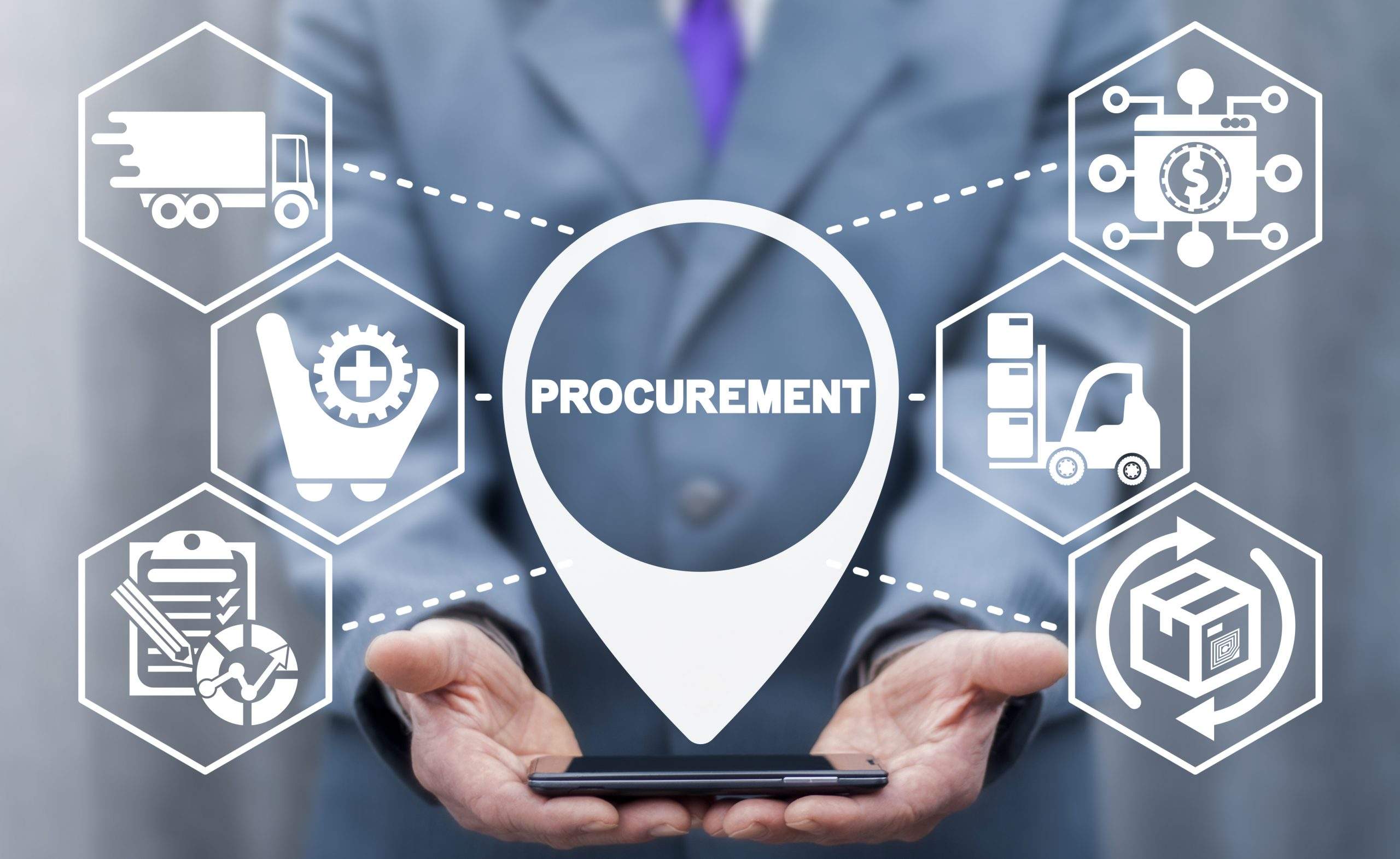Bio
Global Sourcing Services – Optimize Your Supply Chain
In today’s interconnected business landscape, global sourcing has emerged as a pivotal strategy for organizations aiming to enhance their competitive edge. It transcends traditional procurement methods by allowing companies to tap into international suppliers, thus maximizing cost-effectiveness and resource availability. As businesses expand their operations across borders, understanding the intricacies of global sourcing becomes essential.
Global sourcing
Global sourcing refers to the procurement of goods and services from international markets, leveraging global efficiencies and capabilities. This approach not only ensures access to a wider range of products but also fosters innovation and sustainability. By establishing relationships with suppliers around the world, firms can reduce costs, optimize quality, and enhance their supply chains.
The rise of global sourcing has been driven by several factors, including advancements in technology, shifts in market demand, and the quest for operational efficiency. In this section, we will explore the various dimensions of global sourcing, its benefits, challenges, and best practices that organizations can adopt to navigate this complex landscape effectively.

Understanding global sourcing dynamics
To fully appreciate the concept of global sourcing, one must delve into the dynamics that govern international trade. Factors such as currency fluctuations, geopolitical issues, and trade regulations play a significant role in shaping sourcing decisions.
When companies consider sourcing materials or products from overseas, they must account for the total landed cost. This encompasses product price, shipping fees, tariffs, and other associated costs. Businesses must conduct thorough market analyses to ensure that their sourcing decisions align with broader strategic goals.
Additionally, cultural nuances and local business practices can affect supplier relationships. Understanding these factors is crucial for forging successful partnerships and minimizing misunderstandings. Companies should invest time in cultivating relationships with suppliers, enabling better communication and collaboration.
Benefits of global sourcing
There are numerous advantages associated with global sourcing, making it an attractive option for many businesses. Here are some key benefits:
-
Cost Efficiency: Companies can leverage lower labor costs and raw material prices in certain countries, leading to substantial savings. This is particularly beneficial for manufacturers seeking to minimize production expenses while maintaining quality standards.
-
Enhanced Quality: Global sourcing enables firms to tap into specialized suppliers who offer high-quality materials and innovative solutions. By collaborating with experts in specific fields, organizations can elevate their product offerings and enhance customer satisfaction.
-
Access to Innovation: Partnering with suppliers worldwide opens doors to new ideas and technologies. Global sourcing encourages innovation by fostering knowledge exchange and collaboration, ultimately driving product development and enhancements.
-
Risk Diversification: By sourcing from multiple regions, companies can mitigate risks associated with supply chain disruptions. Natural disasters, political instability, or economic downturns in one area can be counterbalanced by the stability of suppliers in other locations.
Challenges in global sourcing
While the benefits of global sourcing are apparent, there are significant challenges that organizations must navigate. Some of these challenges include:
-
Supply Chain Complexity: Managing a global supply chain requires navigating diverse regulatory environments, transportation logistics, and communication barriers. Ensuring efficient coordination among all stakeholders can be daunting.
-
Quality Control: Maintaining consistent product quality across different suppliers can be challenging. Variabilities in production standards, cultural practices, and quality assessment methods may lead to discrepancies.
-
Cultural Differences: Language barriers and differing business practices can hinder effective communication, resulting in misunderstandings or conflicts. Awareness of cultural nuances is crucial for fostering strong supplier relationships.
-
Regulatory Compliance: Adhering to varying international regulations and customs requirements is imperative to avoid legal complications. Companies must stay informed about the compliance obligations in each country where they source materials.
Best practices for effective global sourcing
To harness the full potential of global sourcing, organizations should adopt several best practices:
-
Conduct Thorough Research: Before engaging with suppliers, businesses should conduct comprehensive research to identify potential partners. Evaluating their capabilities, financial health, and reputation is essential to establish trust.
-
Build Strong Relationships: Establishing rapport with suppliers is fundamental for successful global sourcing. Regular communication, site visits, and collaborative projects can strengthen partnerships and facilitate problem-solving.
-
Leverage Technology: Utilizing advanced sourcing technology can streamline procurement processes, enhance data visibility, and improve decision-making. Investing in tools that facilitate supplier management can yield fruitful results.
-
Implement Risk Management Strategies: Organizations should proactively identify and assess potential risks in their sourcing strategy. Developing contingency plans can help mitigate the impact of unforeseen disruptions.
Sourcing technology
As companies increasingly embrace global sourcing, the role of technology in streamlining procurement processes has become paramount. Innovative sourcing technologies not only enhance efficiency but also provide valuable insights that empower decision-makers. This section delves into the various dimensions of sourcing technology, its role in facilitating global sourcing, and the future trends shaping the industry.
The evolution of sourcing technology
Sourcing technology has evolved significantly over the past few decades. From rudimentary spreadsheets to sophisticated cloud-based platforms, technological advancements have transformed how organizations manage procurement processes. Today, companies leverage various tools and software applications to automate and optimize sourcing activities.

Modern sourcing technology enables businesses to enhance visibility across their supply chains, analyze data in real-time, and collaborate seamlessly with suppliers. These advancements empower procurement teams to make informed decisions based on comprehensive insights rather than relying solely on gut instinct.
Cloud-based solutions have also facilitated collaboration among stakeholders regardless of geographical boundaries. Teams can seamlessly share information, monitor performance metrics, and address challenges through virtual communication channels. This level of connectivity is vital for success in global sourcing initiatives.
Key features of sourcing technology
To maximize the benefits of sourcing technology, organizations should look for specific features that cater to their unique needs. These may include:
-
Supplier Management: Effective supplier relationship management modules allow organizations to maintain an up-to-date database of suppliers, track performance, and assess risk levels. A robust supplier management system can foster better collaboration and transparency.
-
Data Analytics: Advanced analytics capabilities enable procurement professionals to gain valuable insights into spending patterns, supplier performance, and market trends. Analyzing data can lead to better decision-making and optimized sourcing strategies.
-
Automation: Automated workflows streamline repetitive tasks, reducing manual intervention and the potential for errors. Automation can encompass various functions, including purchase order processing, invoice approvals, and contract management.
-
Integration: Seamless integration with existing systems and platforms is crucial for ensuring a unified procurement process. Sourcing technology should easily connect with ERP, finance, and inventory management systems to facilitate information flow.
The impact of technology on global sourcing
The integration of sourcing technology within global sourcing strategies has led to transformative changes in the procurement landscape. Several impacts can be observed:
-
Improved Transparency: Technology enhances visibility into every aspect of the supply chain, enabling organizations to track shipments, monitor supplier performance, and identify potential bottlenecks. This transparency fosters accountability and builds trust among stakeholders.
-
Faster Decision-Making: Access to real-time data allows procurement teams to respond quickly to changing market conditions. By having insights readily available, organizations can seize opportunities and mitigate risks effectively.
-
Cost Reduction: By automating processes and improving efficiency, sourcing technology can significantly reduce operational costs. Streamlined procurement activities result in shorter lead times and minimized overhead expenses.
-
Stronger Supplier Collaboration: Advanced communication tools facilitate collaboration between organizations and suppliers, promoting teamwork and innovation. Building strong partnerships leads to mutually beneficial outcomes, enhancing overall supply chain performance.
👉 See more information here: Global Sourcing Services – Optimize Your Supply Chain
Future trends in sourcing technology
As the landscape of global sourcing continues to evolve, several trends are shaping the future of sourcing technology. Organizations must remain adaptable to leverage these emerging trends effectively:
-
Artificial Intelligence: AI-driven solutions are set to revolutionize procurement by providing predictive analytics and intelligent recommendations. Businesses can harness the power of machine learning to enhance decision-making and optimize sourcing strategies.
-
Blockchain Technology: Blockchain offers enhanced traceability and security, especially in industries where provenance matters. By employing blockchain technology, companies can verify the authenticity of products and ensure ethical sourcing practices.
-
Sustainability Solutions: With growing concerns about environmental impact, sourcing technology will increasingly incorporate sustainability metrics. Organizations will need to evaluate suppliers based on their environmental practices and contribution to corporate social responsibility.
-
Digital Platforms: The rise of digital marketplaces is reshaping traditional sourcing models. Businesses can connect with a broader network of suppliers, gaining access to products and solutions that meet their specific needs.

Conclusion
Global sourcing represents a dynamic and multifaceted strategy for organizations looking to enhance their competitiveness in an increasingly interconnected world. By embracing the principles of global sourcing and leveraging advanced sourcing technology, businesses can unlock new opportunities for growth, innovation, and efficiency. However, navigating the complexities of international procurement requires careful planning, collaboration, and a commitment to continuous improvement. As the landscape of global commerce evolves, organizations that adapt and innovate will emerge as leaders in their respective industries.
